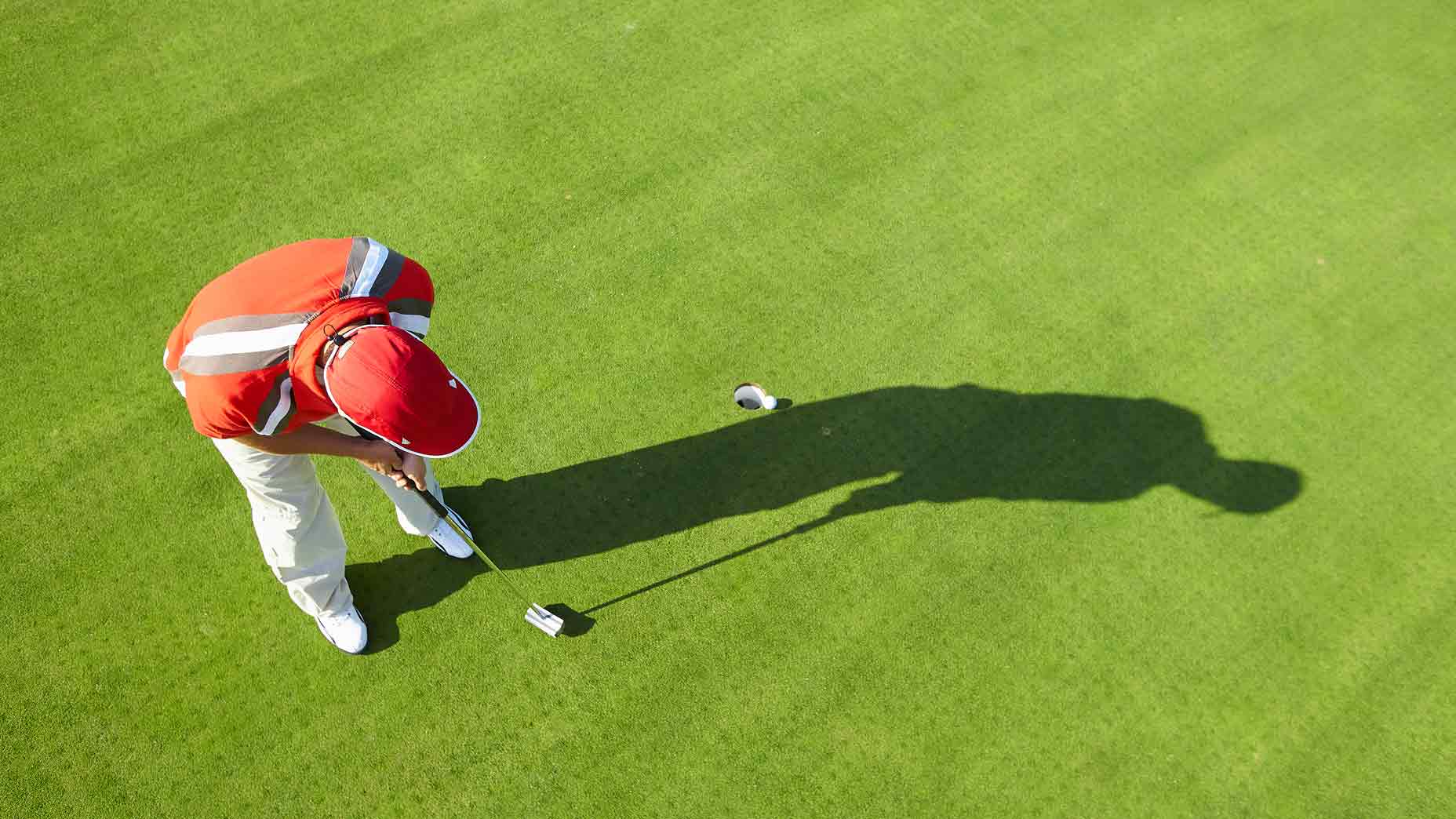Latest In Instruction
14 hours ago
A hidden reason you hit a slice — and how to fix it
14 hours ago
InsideGOLF: +$140 Value
Just $39.99
GOLF Top 100 Teacher Jamie Mulligan explains how texture is the key to putting speed control.
Getty Images
There are a lot of important elements when it comes to putting, but speed control is one of the most crucial elements. After all, if you don’t have the right speed, you can’t hole out as often as you’d like, which can lead to 2- and 3-putts — which should be avoided at all costs.
But don’t get confused, because your putting speed control isn’t simply just how fast or slow the ball travels. Instead, one word every player needs to understand is “texture.”
Play this fun indoor putting game to improve your speed controlBy: Zephyr Melton
According to GOLF Top 100 Teacher Jamie Mulligan, texture in putting refers to how a perfectly stroked ball comes off the putter. Everyone has a different way of doing this, but Mulligan gives some examples.
“Tom Watson liked speedy putts in the hole. Tiger Woods, the greatest of all time, preferred more of a medium speed. I have the honor of coaching two of the best players in the world, Patrick Cantlay and Nelly Korda, and they both like putts to die into the hole.
“We would never change someone’s sensation for speed (how the ball comes off the putter) or ‘texture.’ If you have painted a room in your house, the way you brush the paint on the wall is texture. If two people painted a wall using different texture, the wall would look different. Your putting should not.”
To help you better understand texture and how it relates to putting speed control, Mulligan provides five tips below — which should help you become a better putter.
Practice hitting basic 15-foot putts, but treat these as if they aren’t for a certain score. Hit three to four balls, and feel which one comes off perfectly — the shot makes it past the hole, and it feels like the smoothest and simplest ball rolled. Once you have that sensation and can repeat it, that is your texture.
To get that roll sensation, buy a golf ball line marker. Once you have the line on your ball, hit some putts to try and see the ball rolling end over end.
One of the best putters on Tour each year is Denny McCarthy, and he rolls the ball better than anyone.
Hit a five-foot putt with your eyes closed, trying to feel the best sensation for you to make the ball go in the hole. This helps you focus on having smooth hands through your stroke, which is one of the keys to having great texture.
Lift the blade of the wedge up to the belly of the ball and practice rolling putts. You can’t roll putts with a wedge unless you have great texture and quiet hands through the stroke. We love strokes without a hit.
Start with a putt that’s a couple of feet from the hole. When you get a smooth feeling, work backwards up to 30 feet, backing up a couple of feet each time. Don’t hit the putt harder, but, instead, simply increase the length of the stroke. We love when the length of the stroke makes the ball roll more than if you hit it harder.
Remember that you can control what’s in your head, as well as your breath and your tension. The more comfortable you are without thoughts, the higher your confidence. This will help you make natural texture while putting the golf ball.

Golf.com Editor

Golf.com